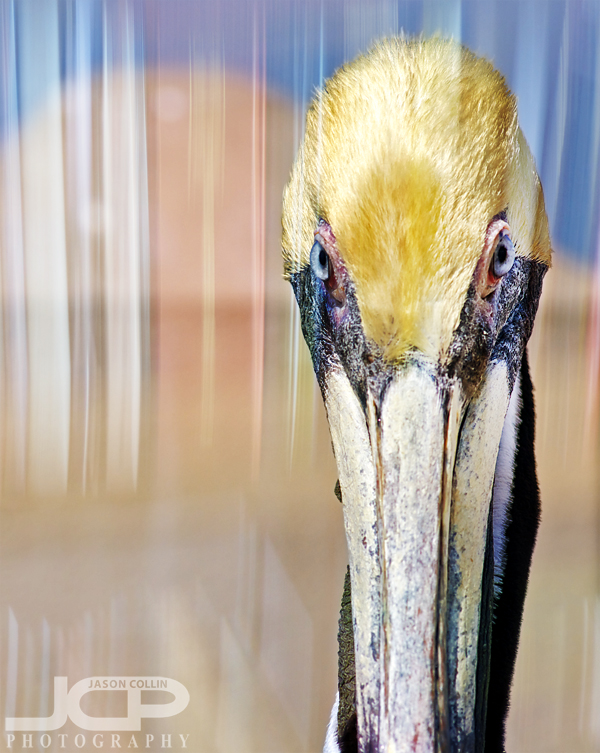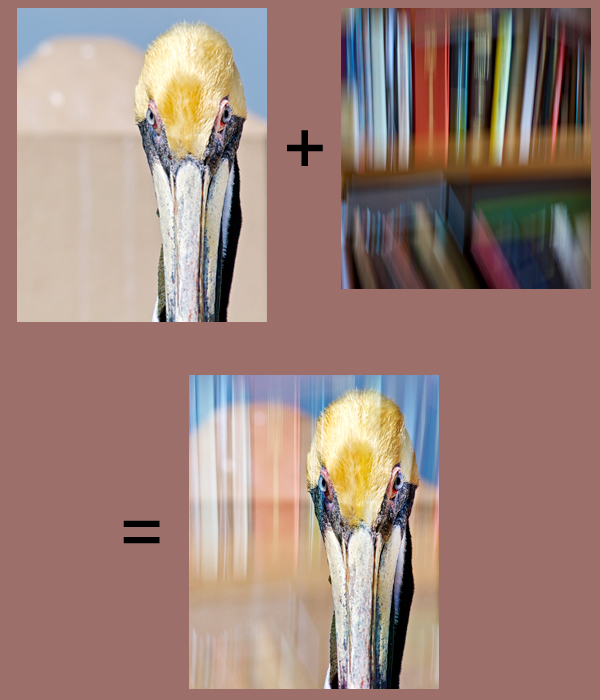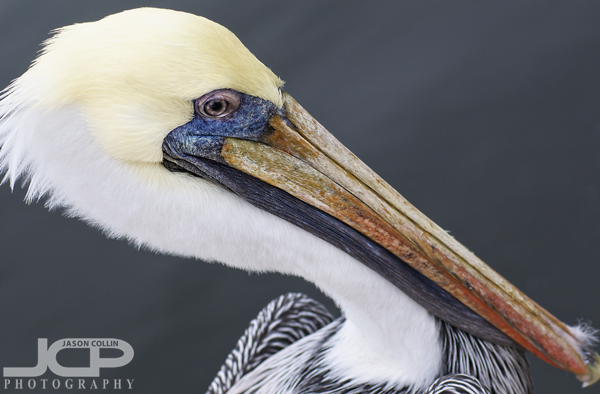Roadrunner in the backyard!
I have been waiting a long time to get a photograph of a roadrunner, the New Mexico state bird. In Florida, I regularly photographed birds. There are far fewer birds in easy sight in New Mexico, but in my new neighborhood in central ABQ, I regularly see, I believe, this particular roadrunner when out walking my dog. I do not tote around a 70-200mm lens on those walks usually, so I never get a chance to photograph this roadrunner.
Read MoreGet the background and the bird right
In La Jolla, California I was pleasantly surprised to have the opportunity to do bird photography. I knew there would be a chance for seal photos, but having birds also was great. I miss the bird photography I could do almost anywhere in Florida. Check out this anhinga for example. What makes a good bird photograph (or any photograph) assuming you have a good looking bird as the subject? Then for a bird photo to stand out it is a matter of having good light (it was only so-so in this shot) and having a good background. The latter made up for the former in the above shot with the creamy bokeh created by my Tamron 70-200mm f/2.8 G2 lens. The blue in the bokeh is the Pacific Ocean.
Read MoreSee a Shot, Stop and Get the Shot
This photo of a red shouldered hawk perched on a dead tree limb was made after doing a rural land shoot in Torrance County, New Mexico. One of my photography philosophies is that a real photographer always makes the effort to get a photo they see. I was tired, had just been outside for 90 minutes in the desert, had another 45 minutes to drive back home, but I pulled over, got out my camera, and made the effort to get this shot of the hawk because as a photographer you just cannot pass up opportunities to get a shot. For me, especially one of a large bird as they are very hard to get in New Mexico. Back when I lived in Florida, photographing large birds was easy, they were all over the place. Birds and animals are rare to see in New Mexico, even in the remote places I often travel too.
Read MoreHummingbird in Cloudcroft, New Mexico
While I was in Cloudcroft, New Mexico on a rural land photography assignment, I took notice of these very unusual flowers that I thought looked like rocket popsicles that a hummingbird was having breakfast at. I had my excellent new Tamron 90mm f/2.8 Macro SP lens on my Nikon D750. There was no way to track this fast moving bird through the air. How to get this shot then? Pre-focus on a flower you hope the hummingbird will land on, and wait. I studied the bird's flying patterns a bit, noticing it kept coming back to this particular flower. I approached slowly, very slowly, and then froze waiting for the hummingbird to return. The focus point is not perfect, and I wish the hummingbird had chosen a prettier flower to drink nectar from, but I like the bokeh enough to share this photo with you.
Read More








